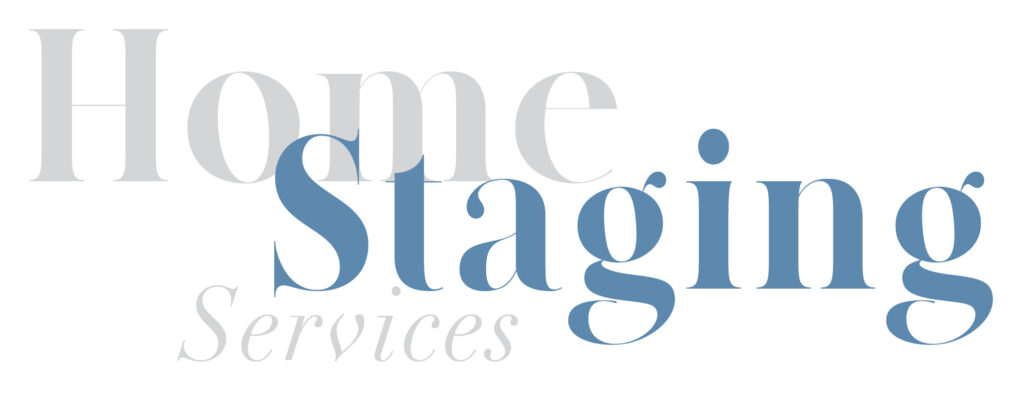Why did foreclosures spike in October?
It is possibly the nastiest consequence of the holiday season. Foreclosures rise now, as banks try to get ahead of the traditional December moratoriums, when they suspend all foreclosures due to the holidays.
No lender wants to take a house back during the holidays, but it appears to be particularly bad now for a number of reasons.
Newly started foreclosures rose 12 percent in October from September, according to a new report from RealtyTrac, a foreclosure listing company. That is the largest monthly increase since August 2011, and more than twice the gain from September to October in the last five years. Just over 48,000 properties started the process in October, still 14 percent less than a year ago.
Foreclosures have been declining steadily for the past several years, with more than 6 million homes lost since 2008. Part of the annual increase this year could be due to already troubled loans that were modified but are now re-defaulting. More than half (57 percent) of new foreclosures in August were re-defaults, according to Black Knight Financial Services, the largest share of repeat foreclosures on record. That is likely continuing into October's numbers.
“The 12 percent increase this October is more than double the average 5 percent monthly increase in the past five Octobers, and the even more dramatic monthly increases in some states is certainly a concern,” wrote RealtyTrac's Daren Blomquist in the report. “The upward trend in foreclosure starts in those states in some cases could be an indication of fissures in economic fundamentals driving more distress and in other cases is more likely an indication of long-term delinquencies finally entering the foreclosure pipeline.”
In addition, bank repossessions, the final stage of foreclosure, jumped 31 percent in October compared with a year ago. Part of this may be due to fewer investors at the courthouse steps and/or fewer foreclosed homes that are desirable to investors. If a home is not sold to an investor, it goes back to whoever owned the loan, either the bank or the investor who purchased the distressed mortgage. It is then called “REO” or real estate owned.
“We're going to sell more REOs this year than last year, so we know more are going back to the bank,” said Rick Sharga, vice president at Auction.com, a company that auctions properties for banks and investors. “We are seeing a lot of FHA inventory that is becoming REO and being sold that way.”
Slow foreclosure processing in states that require a judge, like Illinois, New Jersey and Florida have had the effect of leaving homes abandoned and in decay. Some of these houses have sat empty for years.
“A representative of one of the major banks told me that many of the properties they are taking back are highly distressed in terms of condition and in neighborhoods with virtually no buyers, so they are having trouble even giving some of those properties away to land banks etc.,” said Blomquist.
The cost of rehabilitating these properties to sellable condition is, in some cases, more than the resulting value, due to the rough neighborhoods. Homes with good value and in reasonable condition would have sold at auction to investors and never gone back to the bank as REO.
The share of institutional investor purchases has been dropping steadily, as they turn to regular listings to find homes now.
There just aren't enough distressed properties worth buying. That tale is being told in these numbers. The foreclosure crisis is most definitely winding down. What we are seeing now is really the worst of the worst. Homes that are worthless and borrowers who couldn't afford their homes even with loan modifications.


